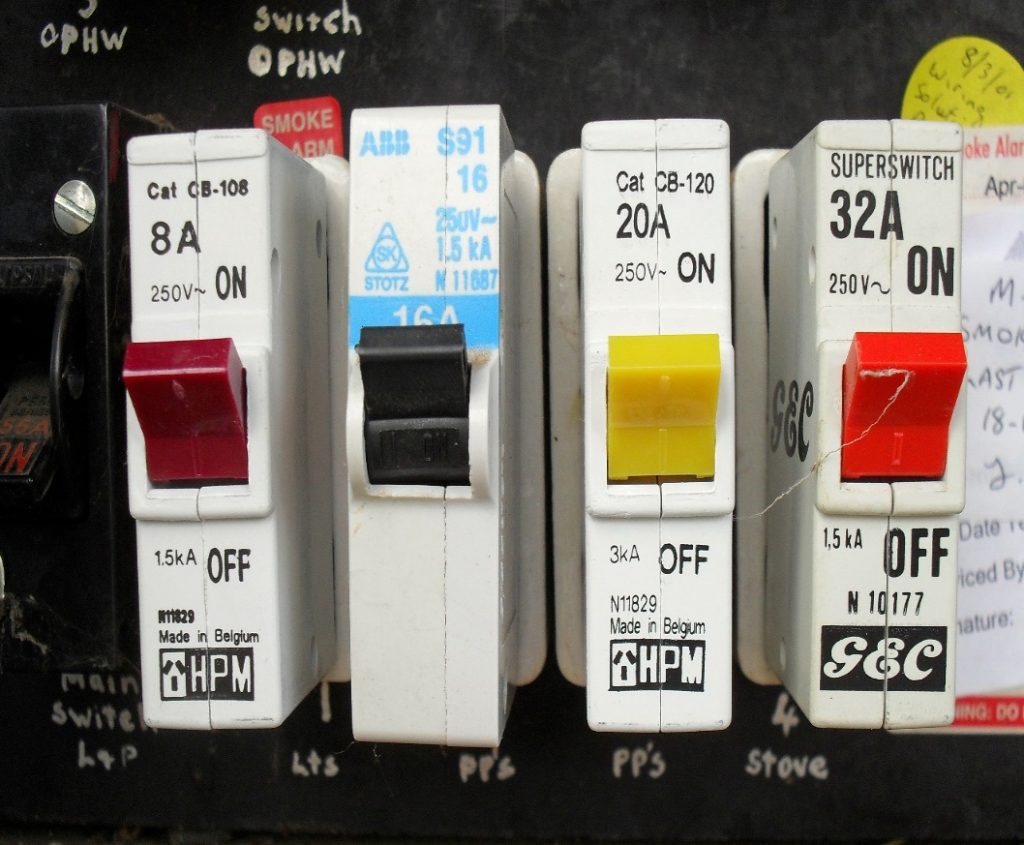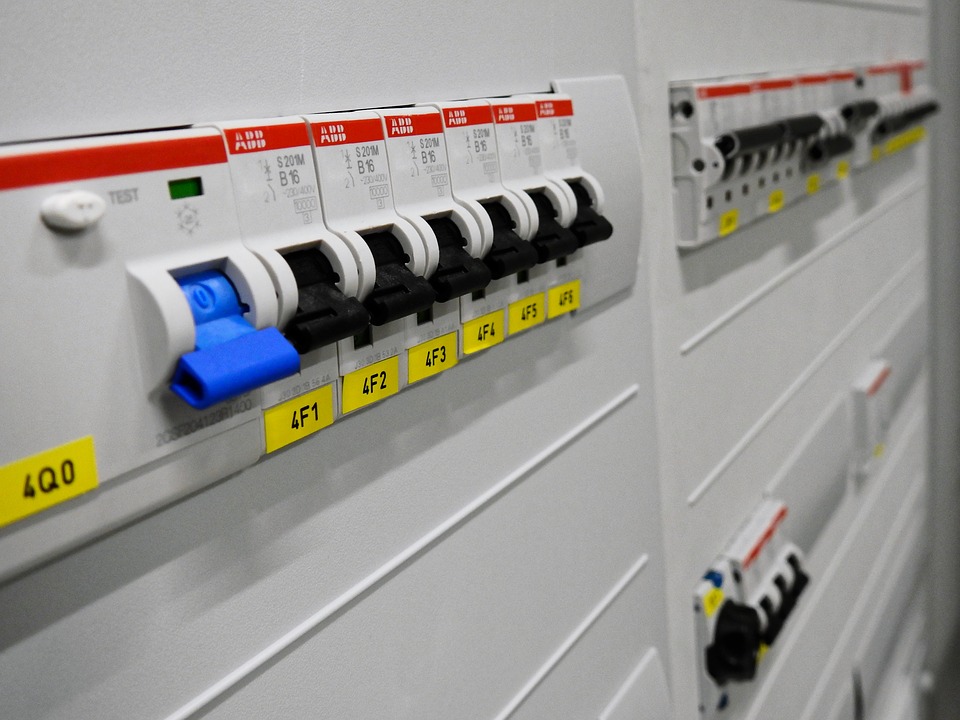Circuit breakers are vitally important components of electrical wiring, as they essentially serve as automatic on-off switches for electrical structures. Without circuit breakers, the dangers of electricity distribution in buildings and for large applications would far outweigh the benefits.
Circuit breakers instantaneously react to their circuits and shut off the flow of electricity to prevent hazards until someone can address the problems. There’s no official classification system for circuit breakers. However, they often have categories according to their general characteristics, such as voltage level. Lower voltage circuit breakers are typically miniature circuit breakers (MCBs) or molded case circuit breakers (MCCBs).
Both MCBs and MCCBs shield circuits from damage caused by excessive current, and both types come in molded casing. Nevertheless, MCCBs breaker types can break moderate to large currents and handle fault levels up to 50 kilo-Amps (kA). Alternatively, MCBs are typically used for terminal protection, safeguarding electrical systems from overload, short circuiting and overvoltage in systems that experience lower level currents.
Like MCCBs, MCBs stop current flow when there is a defect in the electrical circuit. They essentially act as automatic switches that turn off when the current in the circuit exceeds the breaker’s maximum current. The circuit breakers remain off until someone examines the issue and resets them manually.
MCBs provide more cost-effective solutions to overcurrent problems than fuses because they don’t need to be replaced after they detect an electrical current issue. However, overcurrent protection use typical circuit breakers of this type since their fault levels only optimizes up to 10kA.
The inner components of an MCB that make up its switching system consist of a moving contact and a stationary piece connected to output wires. MCBs utilize two types of tripping mechanisms: thermal and electromagnetic tripping operations.
In the thermal or overheating tripping process, the MCBs bimetallic strip heats up when excessive current flows through the circuit. This causes the strip to bend, deflect and open the circuit breaker’s mechanical catch.
The MCBs electromagnetic tripping operation prevents electrical systems from short-circuiting. When the current in a system suddenly exceeds the predefined limit, it causes the movable contact to open, disconnecting from the stationary contact and switching off the circuit breaker.

Miniature Circuit Breaker Types
MCB typing is based on the device’s current interruption capacity and tripping range. Type B miniature circuit breakers trip between three and five times per full load current. This type’s primary use is for lighter commercial structures with low surge currents, such as light fixtures.
Type C MCBs trip between 5 and 10 times per full current load. Type C is used for heavier commercial and general industrial applications that have a higher short-circuit currents. Lastly, Type D circuit breakers trip between 10 and 20 times. A special industrial circuitry that runs a risk of high-current influx use Type D breakers.
General Electric Q-Line Series
If you’re in need of low-voltage circuit breakers, consider MCB circuit breakers produced by General Electric (GE). General Electric has been a leading manufacturer of energy and electrical distribution equipment since its founding in the late 1890s. GE manufactured products often introduce revolutionary approaches to distrusting and protecting the electrical circuitry.
GE’s Q-Line circuit breakers are compact and built for continuous, long-term protection against damage from thermal or overcurrent faults. The Q-Line series breakers have corrosion-resistant, tin-plated copper stabs for increased longevity, temperature-resistant casing to help maintain inner temperature levels, with easily accessible trip handles.
They are available in two- and three-poled units and measure 1-inch wide per pole. All Q-Line units are GE arc fault breakers and come with arc fault interrupters (AFCIs). This increase protection against disastrous occurrences, such as electrical fires.
The built-in technology in Q-Line breakers can detect and stop arc faults caused by wiring damage, which adds a layer of protection that other manufacturers’ products cannot. Q-Line models can also have accessories with optional equipment, such as HID applications or shunt trip and auxiliary contact accessories.

TQD-Frame
TQD-frame type circuit breakers include models like the TQD22200WL, the TQDL21200 and the TQD22150. These models are two-pole molded case thermal magnetic types with voltage ratings of 240 VAC.
These types of circuit breakers have the same interrupting rating of 10 kilo-Amp (kA) and voltage rating of 120/240 VAC. The TQDL model has slightly smaller dimensions than its TQD counterparts, and its Ampere current rating is 150 while the TQD models’ rating is 200.
THQ-Frame
THQ-frame circuit breakers include models such as the THQB32100. This model is a three-pole thermal magnetic type in a molded case. This THQ model has a 240 VAC voltage rating and a short circuit interrupting rating of 10 kA.
THQB models are bolt-on variations of the Q-Line’s typical circuit breaker model. Their primary use is for attaching to light panels or load centers. Similar models have been utilized as coaxial cable surge protectors and telephone surge protectors.
